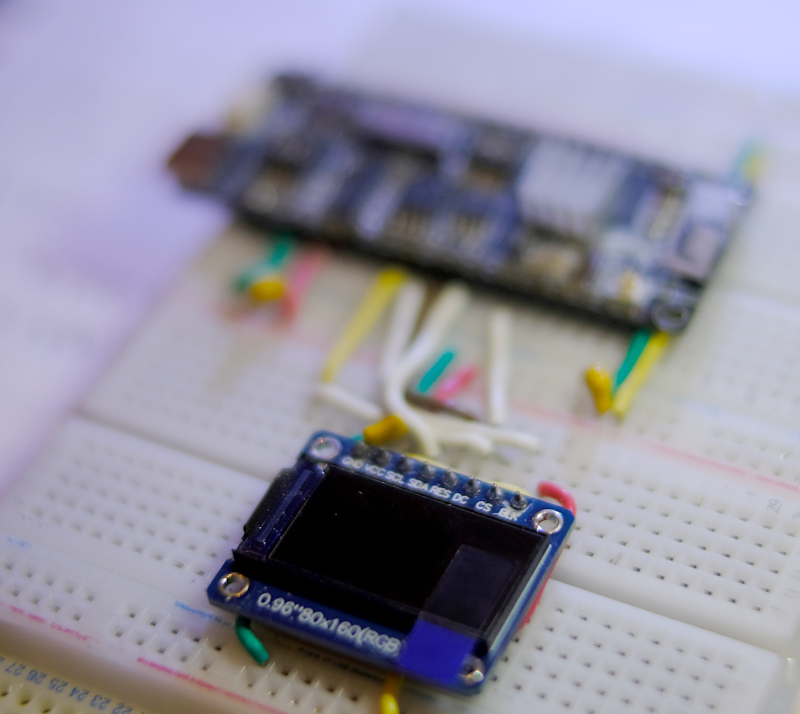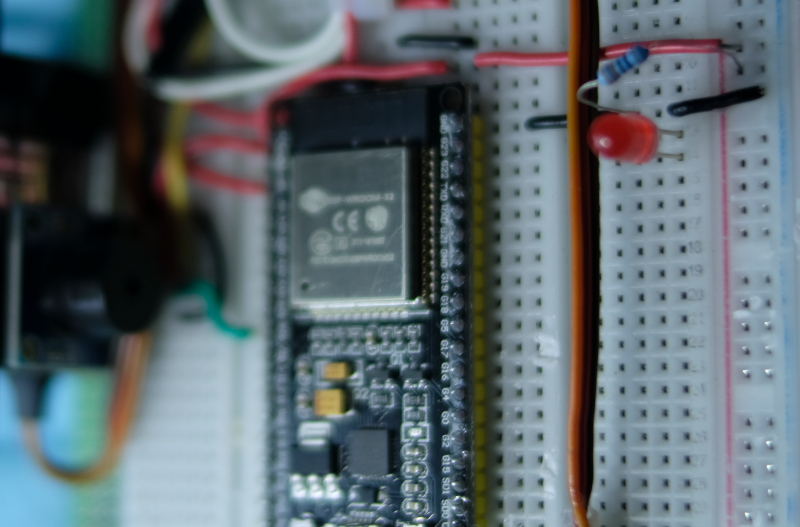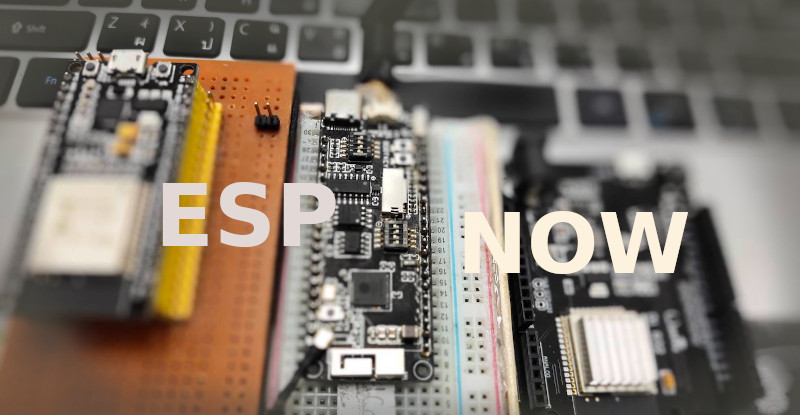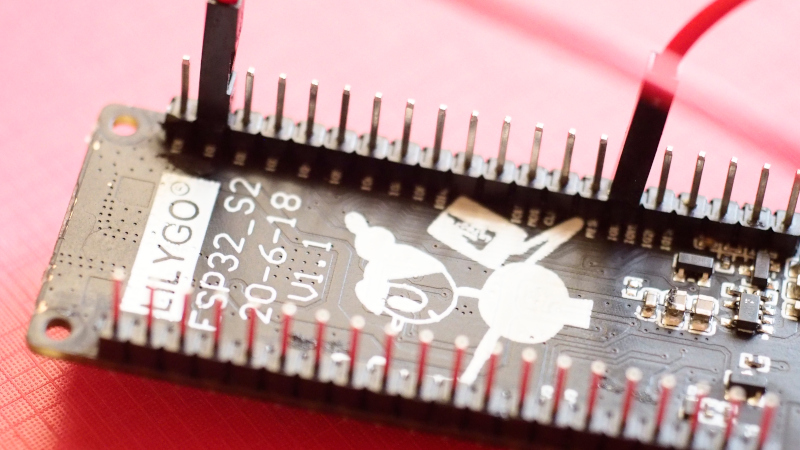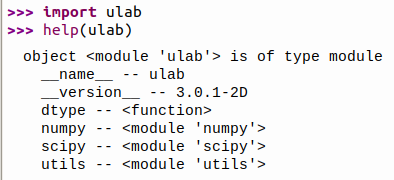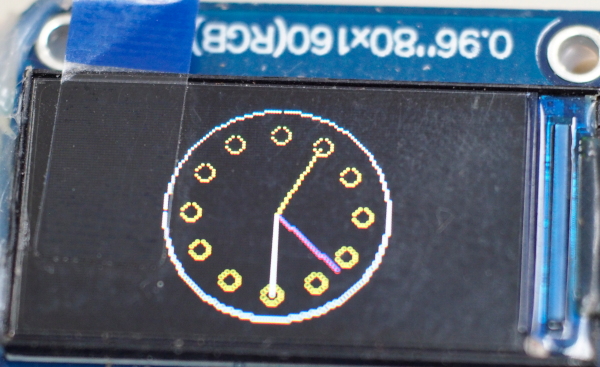[TH] Arduino: Using the ST7735s module with an ESP32-S2 via the TFT_eSPI library.
บทความนี้เป็นการใช้โมดูล ST7735s กับไมโครคอนโทรลเลอร์ ESP32-S2 ผ่านไลบรารี TFT_eSPI โดยในก่อนหน้านี้ได้กล่าวถึงการใช้งานกับไมโครคอนโทรลเลอร์ ESP32 และ STM32F103C ไปแล้ว และโมดูล TFT ที่เลือกใช้เป็น REDTAB80x160 (ได้เพิ่มเติมโค้ดสำหรับ GREENTAB80x160 ในตอนท้ายบทความ) แต่สามารถปรับดารตั้งค่าเป็นโมดูลอื่น ๆ ได้ โดยดูรายละเอียดจากไฟล์ User_Setup.h ของไลบรารี TFT_eSPI ดังภาพที่ 1
